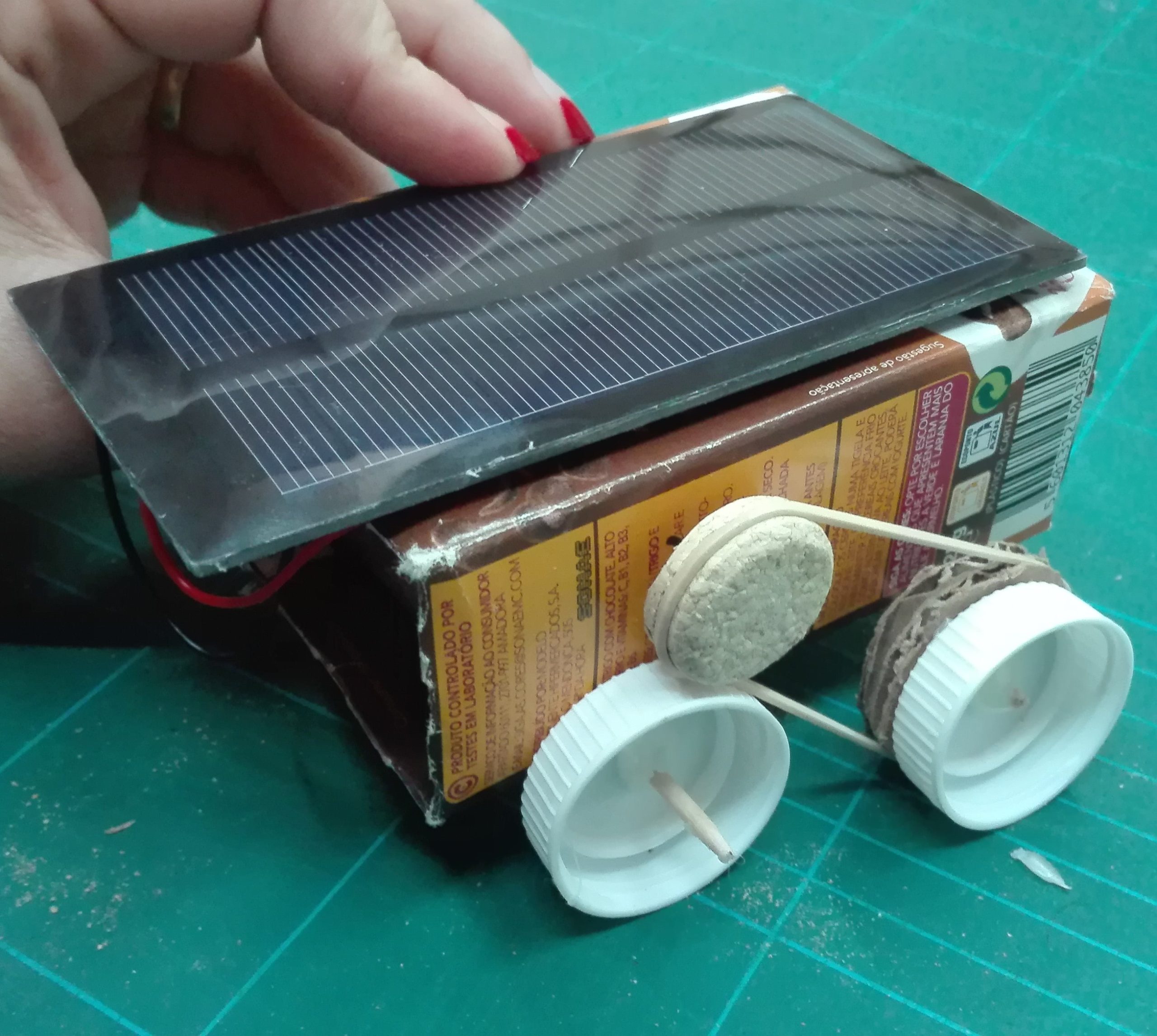Moon Rover - Construirea unui rover cu energie solară
În această activitate, elevii vor compara avantajele și dezavantajele surselor de energie regenerabilă și ale surselor de energie neregenerabilă și vor studia circuite electrice simple.
Folosind Luna ca context, elevii vor construi un mic motor și o celulă solară. De asemenea, vor identifica principalele caracteristici pe care trebuie să le aibă roverul lor pentru a ajunge pe Lună și își vor îmbunătăți proiectul inițial al roverului.
Obiective de învățare
Interval de vârstă:
8-14 ani
Timp
Lecție: 1 oră și 30 de minute
Resurse disponibile în:
Activitatea 1: Alimentarea cu energie a unui Rover Lunar
În această activitate, elevii învață despre avantajele și dezavantajele surselor regenerabile de energie. Ei vor învăța despre mediul înconjurător de pe Lună și se vor gândi care este cea mai bună sursă de energie pentru un rover lunar. De asemenea, elevii vor schița circuite electrice simple.
Echipament
Activitatea 2: Construiți un Rover cu energie solară
În cadrul acestei activități, elevii vor construi un rover alimentat cu energie solară folosind o celulă solară, un motor și materiale de artizanat.

Echipament
Știați că?
Un vehicul de explorare a Lunii va trebui să fie proiectat pentru a se deplasa pe un teren stâncos necunoscut, acoperit de regolit și cu pante necunoscute. Roverul ar trebui să aibă roți special concepute pentru a putea depăși aceste condiții fără probleme. De asemenea, va trebui să transporte instrumente științifice, cum ar fi camere de luat vederi și burghie pentru prelevarea de probe. De asemenea, roverul ar trebui să aibă autonomie și putere pentru a acoperi distanțe lungi.

Bancul de testare a autonomiei Roverului cu elemente ușoare al ESA

Extragerea apei din solul lunar - Învățând despre filtrare și distilare
Scurtă descriere: În această resursă, elevii vor învăța despre schimbările de stare a materiei folosind ca exemplu apa de pe Lună. Ei vor interpreta

Constituția Lunii - Cum ar fi organizată o viitoare comunitate lunară?
Scurtă descriere: În această resursă, elevii vor dezbate câteva caracteristici organizaționale și sociale ale unei viitoare așezări pe Lună și le vor pune în legătură cu

Braț robotic - Deveniți un inginer spațial pentru o zi
Scurtă descriere: În această activitate, elevii vor învăța cum funcționează brațul lor și vor construi un braț robotic inspirat de acesta. Elevii vor înțelege diferitele



